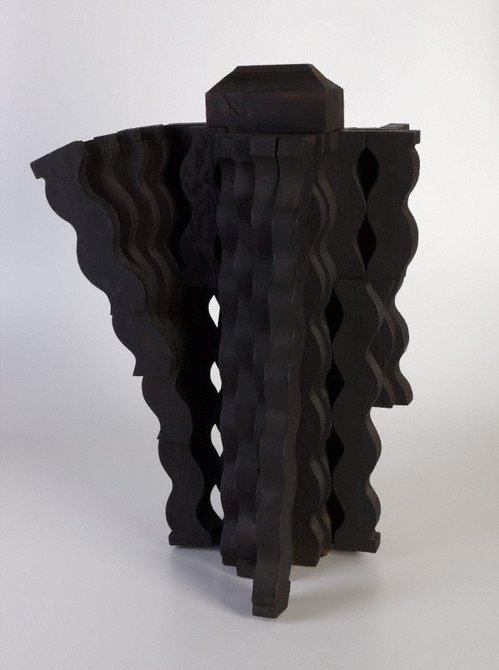-
Details
-
About
Oliffe Richmond is one of Australia’s most accomplished modern sculptors. Born in Hobart he studied art at Hobart Technical College, gaining a diploma in 1940. He then worked for Amos Vimpany, a prominent local stonemason and learned about materials and methods of carving. He served with the Army during the Second World War and after being discharged in 1946 he enrolled at the East Sydney Technical College (now the National Art School) to study sculpture under Lyndon Dadswell.
In 1948 he won a New South Wales government travelling scholarship to attend the Royal College of Art, London, and took the opportunity to visit many major art centres in Europe. He worked as Henry Moore's assistant until 1951 when he succeeded him as a teacher in sculpture at the Chelsea School of Art. From 1954 he exhibited in numerous shows throughout Britain, Europe, and Australia. In his first solo shows he exhibited highly textured figurative bronzes, described by Dadswell as ‘heroic and monumental’.
By the end of the 1960s and into the 1970s Richmond was producing three different types of sculpture. He made a series of aluminium assemblages using machined and extruded industrial components. He also carved a series of small forms made of hard woods, such as ebony, and he made a series of bronze abstract pieces, cast with the lost-wax process. Although small in scale 'Sphinx' evokes a sense of monumentality with its intriguing, abstracted sphinx form and the mix of textured and smooth surfaces.



